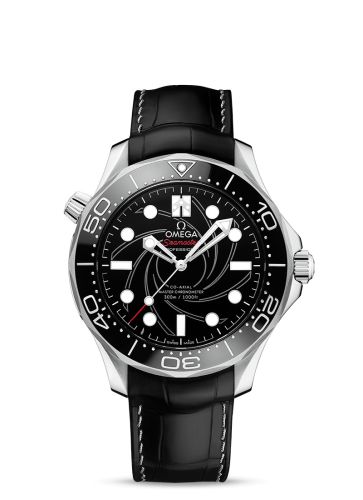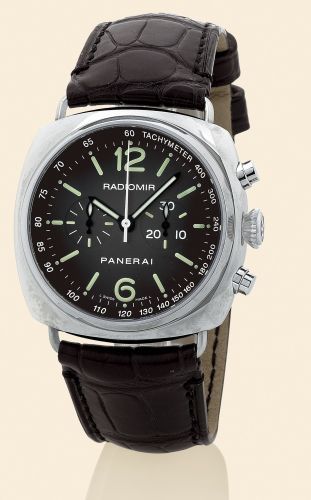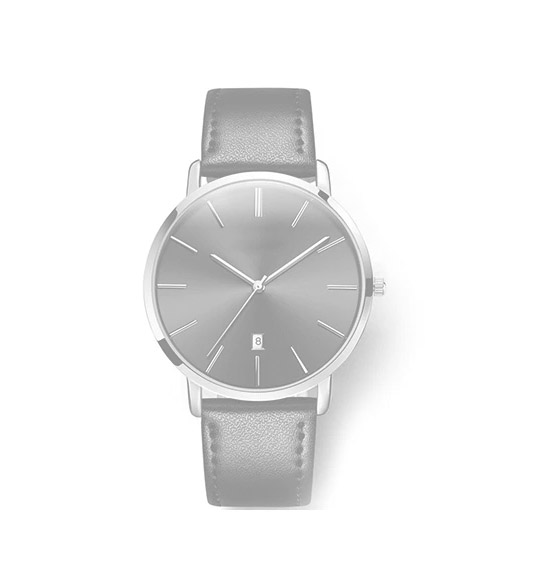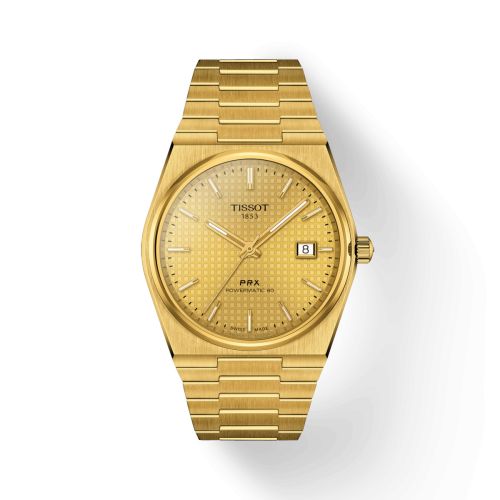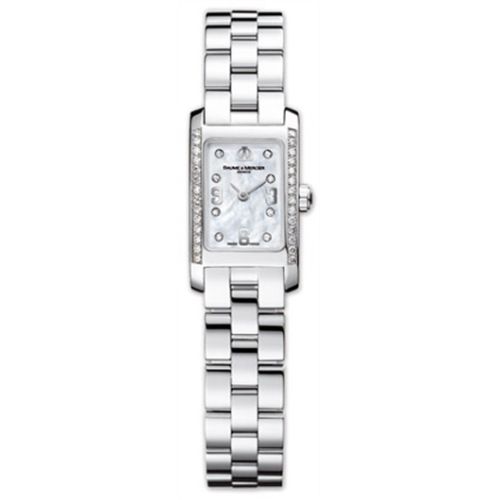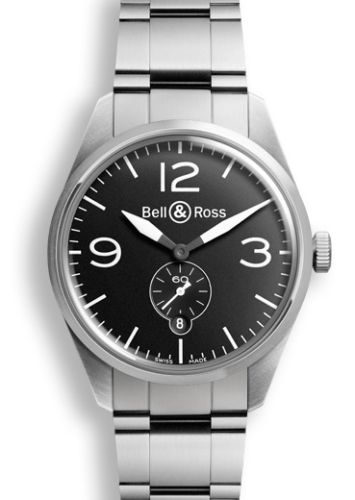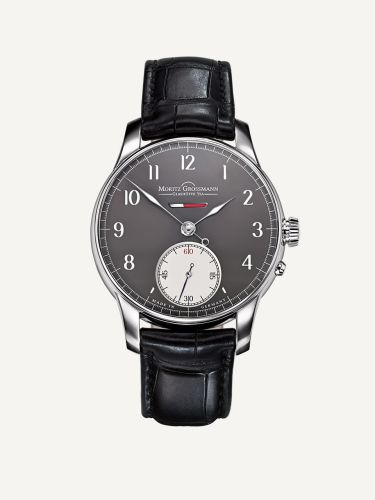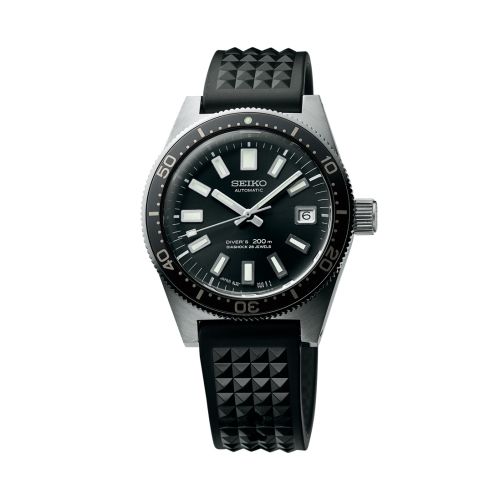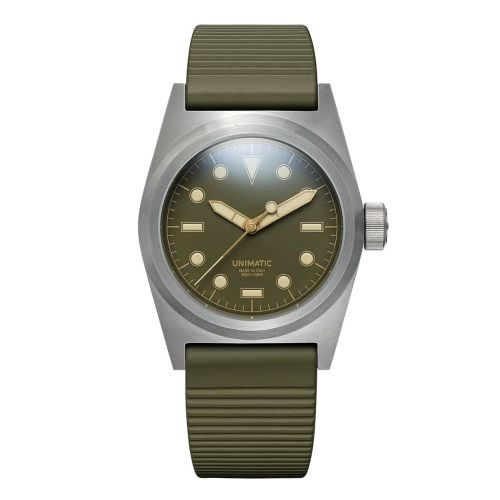
How do you define the style of a watch?
Defining the style of a watch involves a nuanced understanding of various elements that contribute to its overall aesthetic and functional identity. At its core, the style of a watch is shaped by its design, materials, functionality, and the cultural or historical context in which it exists.
The design of a watch encompasses its shape, size, and the arrangement of its features, such as the dial, hands, and markers. A round watch face tends to evoke a classic and timeless appeal, while square or rectangular shapes can suggest modernity and boldness. The size of the watch, whether it is oversized or more delicate, can also convey different styles, with larger watches often associated with a sporty or rugged look, and slimmer models reflecting elegance and refinement.
Materials play a crucial role in defining a watch's style. Stainless steel and gold are often linked to luxury and sophistication, while rubber or fabric straps may suggest a more casual or adventurous spirit. The choice of glass—be it sapphire crystal for durability or mineral glass for affordability—also impacts the watch's overall feel.
Functionality further influences style. A chronograph watch, with its additional dials and features, presents a more technical and sporty style, while a minimalist watch, with a clean and uncluttered face, embodies simplicity and elegance. The watch's movement—whether mechanical, automatic, or quartz—can also contribute to its character, with mechanical watches often celebrated for their craftsmanship and tradition.
Cultural and historical contexts cannot be overlooked in defining watch style. Certain designs resonate with specific eras or movements, such as the art deco styles of the 1920s or the utilitarian designs of military watches. Additionally, brand heritage plays a significant role; watches from established luxury brands carry a certain prestige and are often seen as status symbols, while newer, independent brands may focus on innovative designs or sustainable practices.
Ultimately, the style of a watch is a harmonious blend of these elements, creating a unique identity that appeals to individual tastes and preferences. Each watch tells a story, reflecting not just personal style but also the values and influences of the time in which it was created. Whether one gravitates towards classic elegance, modern minimalism, or rugged sportiness, the style of a watch serves as an extension of one’s personality and lifestyle, making it a deeply personal accessory.




